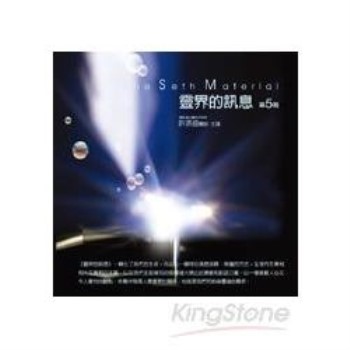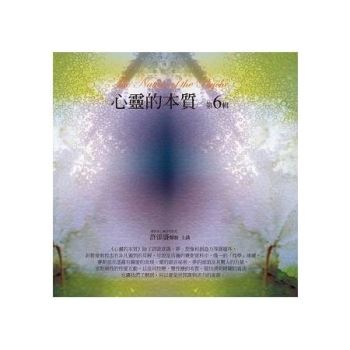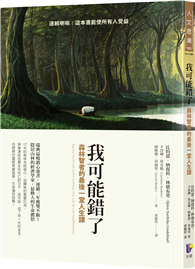Countless Chinese villages have been engulfed by modern cities. Gone are the picturesque farms and feng shui groves; in their place stand high-rises built so close together that they are known as "kissing buildings" or "handshake houses," where occupants can reach out and shake hands with their neighbors. The towers create dark, claustrophobic alleys topped with strips of daylight (known as "thin line skies") and jammed with dripping air-conditioners, hanging clothes, caged balconies and bundles of buzzing electric wires.
Although it is easy to see these villages as slums, a closer look reveals that they provide an important, affordable, and well-located entry point for migrants into the city. They also offer a vital mixed-use, spatially diverse and pedestrian alternative to the prevailing car-oriented modernist-planning paradigm in China. Yet, most of these villages are on the brink of destruction, affecting the lives of millions of people and threatening the eradication of a unique urban fabric.
Villages in the City argues for the value of urban villages as places. To reveal their qualities, a series of drawings and photographs uncovers the immense concentration of social life in their dense structures and provides a peek into residents' homes and daily lives. Essays by a number of experts give a deeper understanding of the topic and show how focusing on the village can lead to a richer, more variegated pathway of urbanization.
| FindBook |
有 5 項符合
華南城中村指南(中英對照)的圖書 |
 |
華南城中村指南(中英對照)Villages in the City:A Guide to South China's Informal Settlements 作者:Stefan Al 出版社:香港大學出版社 出版日期:2014-06-30 語言:繁體中文 規格:平裝 / 216頁 / 17 x 23 cm / 普通級/ 單色印刷 / 初版 |
| 圖書選購 |
| 型式 | 價格 | 供應商 | 所屬目錄 | $ 749 |
社會人文 |
$ 834 |
Social Sciences |
$ 853 |
建築 |
$ 881 |
中文書 |
$ 882 |
各式建築 |
|---|
| 圖書館借閱 |
| 國家圖書館 | 全國圖書書目資訊網 | 國立公共資訊圖書館 | 電子書服務平台 | MetaCat 跨館整合查詢 |
| 臺北市立圖書館 | 新北市立圖書館 | 基隆市公共圖書館 | 桃園市立圖書館 | 新竹縣公共圖書館 |
| 苗栗縣立圖書館 | 臺中市立圖書館 | 彰化縣公共圖書館 | 南投縣文化局 | 雲林縣公共圖書館 |
| 嘉義縣圖書館 | 臺南市立圖書館 | 高雄市立圖書館 | 屏東縣公共圖書館 | 宜蘭縣公共圖書館 |
| 花蓮縣文化局 | 臺東縣文化處 |
|
|
圖書介紹 - 資料來源:博客來 評分:
圖書名稱:華南城中村指南(中英對照)
|











